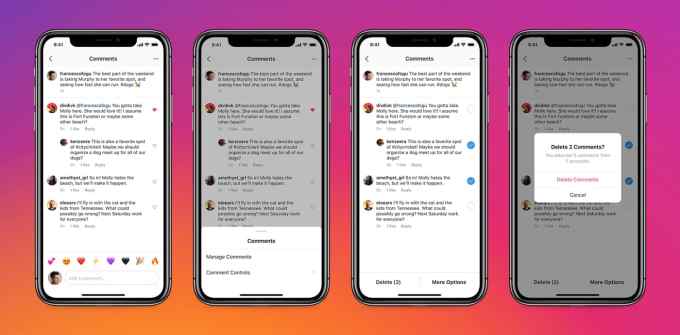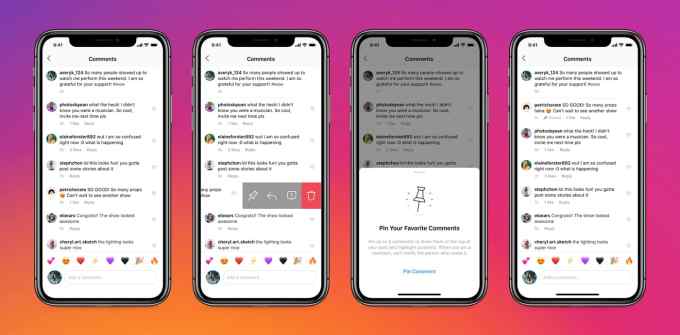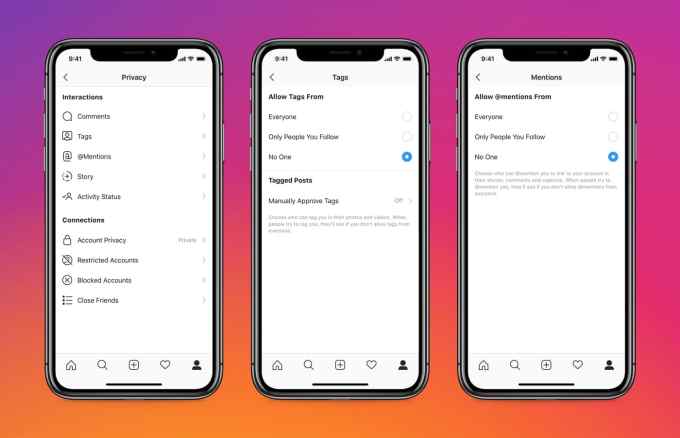As the world looks to reopen after weeks of lockdown, governments are turning to contact tracing to understand the spread of the deadly coronavirus.
Most nations are leaning toward privacy-focused apps that use Bluetooth signals to create an anonymous profile of where a person has been and when. Some, like Israel, are bucking the trend and are using location and cell phone data to track the spread, prompting privacy concerns.
Some of the biggest European economies — Germany, Italy, Switzerland and Ireland — are building apps that work with Apple and Google’s contact-tracing API. But the U.K., one of the worst-hit nations in Europe, is going it alone.
Unsurprisingly, critics have both security and privacy concerns, so much so that the U.K. may end up switching over to Apple and Google’s system anyway. Given that one of Israel’s contact-tracing systems was found on an passwordless server this week, and India denied a privacy issue in its contact-tracing app, there’s not much wiggle-room to get these things wrong.
Turns out that even during a pandemic, people still care about their privacy.
Here’s more from the week.
THE BIG PICTURE
Zoom acquires Keybase, but questions remain
When Zoom announced it acquired online encryption key startup Keybase, for many, the reaction was closer to mild than wild. Even Keybase, a service that lets users store and manage their encryption keys, acknowledged its uncertain future. “Keybase’s future is in Zoom’s hands, and we’ll see where that takes us,” the company wrote in a blog post. Terms of the deal were not disclosed.
Zoom has faced security snafu after snafu. But after dancing around the problems, it promised to call in the cavalry and double down on fixing its encryption. So far, so good. But where does Keybase, largely a consumer product, fit into the fray? It doesn’t sound like even Zoom knows yet, per enterprise reporter Ron Miller. What’s clear is that Zoom needs encryption help, and few have the technical chops to pull that off.
Keybase’s team might — might — just help Zoom make good on its security promises.




